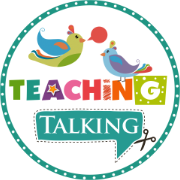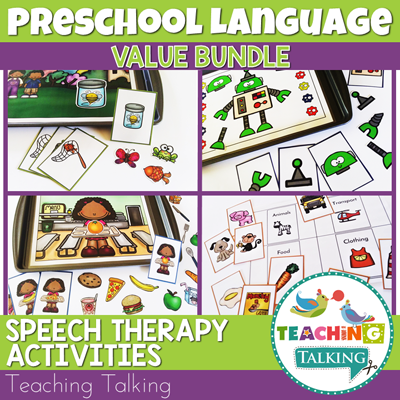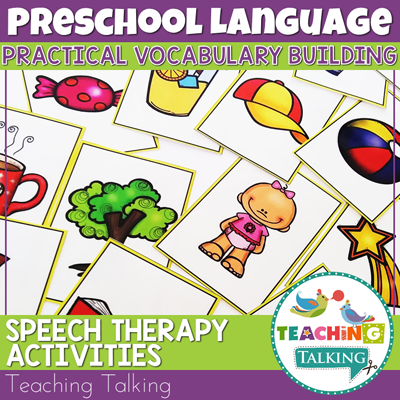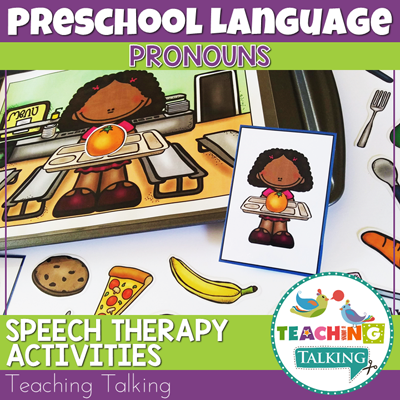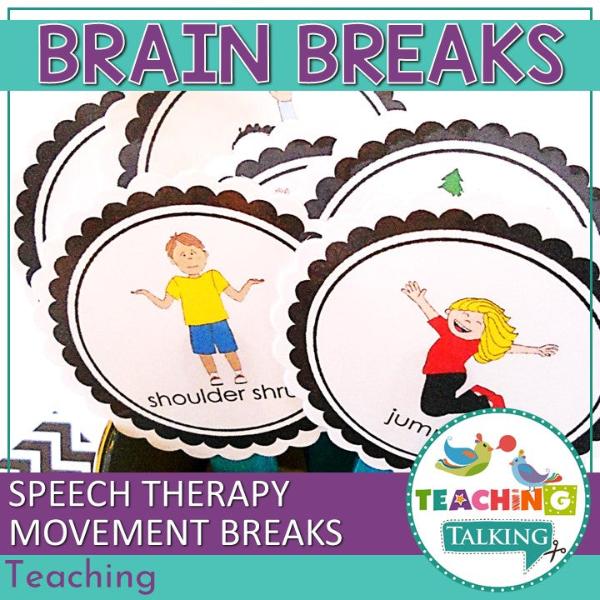
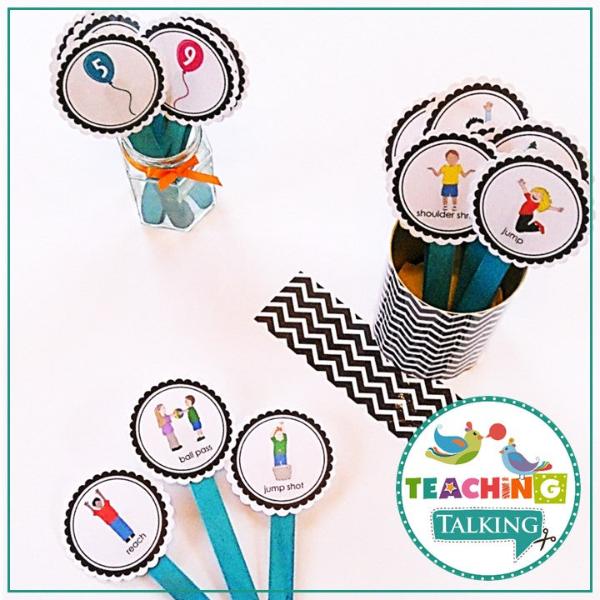
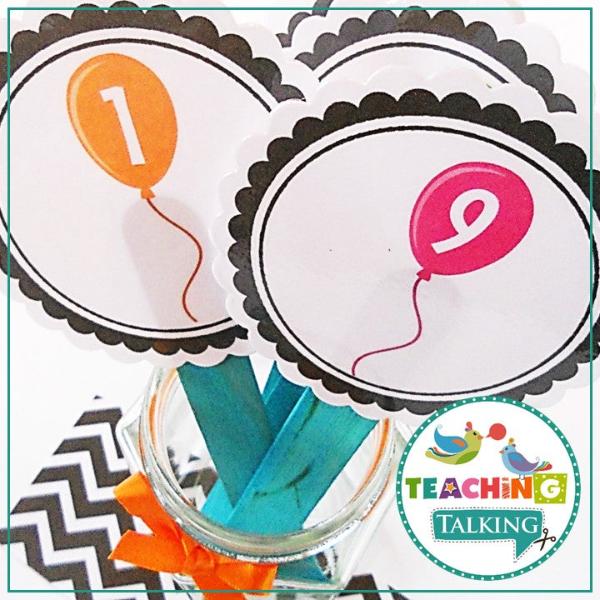
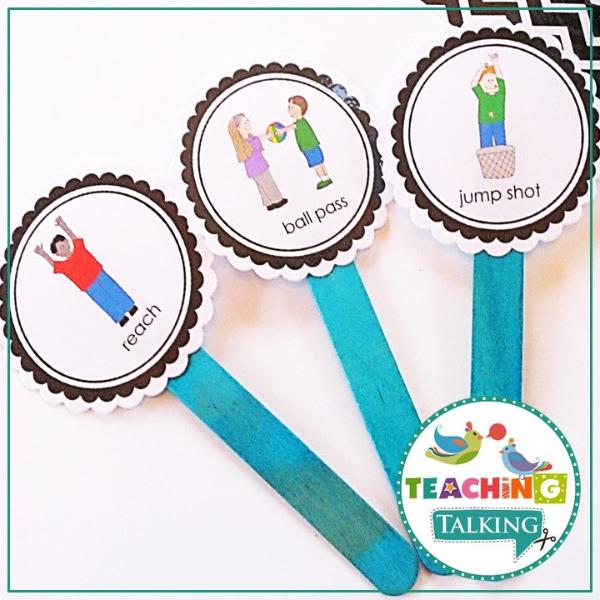
Brain Breaks for Speech and Language Therapy
Movement break activities to help get rid of those fidgets!
Do you struggle to keep your students motivated during speech drills and other table top exercises? Then read on because brain breaks for speech therapy might be just the solution you are looking for!
Category: Rewards
These brain breaks are created especially for use in your Speech Room. As Speech Language Pathologists we need special types of brain breaks for our students.
Simply print, laminate, cut, and fasten them to popsicle sticks or tongue depressors.
What Buyers are Saying
This Pack Includes
I have devised a set that are:
♥ Quick and easy to use
♥ Designed for single students or small groups
♥ Movement based brain breaks to get rid of wiggles!
♥ Low (or no) language of instruction
♥ Visual with image based cues
Please note: some of the movement brain breaks are designed to be mimed (e.g. hula, jump shot, swim etc.) unless you have a REALLY large Speech Room!
Have your students choose a brain break card and then a number (to decide the number of repetitions). The pack includes numbers 1 to 10.
Blank cards are also included in case you want to add brain breaks of your own or extra numbers.
"Hey everyone, we've been working very hard! Let's give our brains a quick break!10 jumping jacks anyone?!!"
This printable packet contains:
★ 24 different movement breaks suitable for the Speech Room (yes, even those of you who work out of closets and store rooms!)
★ 10 number circles
★ Digital chevron paper to stylize your pot or jar
Keep it low cost by dressing up a clean empty soup can. Just make sure there are no jagged edges!
★ Blank circles to print and add your own brain breaks
★ Photo instructions for assembly and use
You May Also Like...
My Preschool Language Activities for Preschool meet the needs of busy Speech Language Pathologists with homework activities that parents can easily follow.
Great for working with young children in therapy and trusted by SLPs because they are creative, fun and easy to use.
These are high-quality downloads packed with easy activities for home practice. You won’t need to waste precious time modifying activities or writing instructions each time for parents.
Each packet has ten parent handouts. Five use the printable materials contained in the packet and five use everyday routines to target language goals.
